Chickens come in all different colors, shapes, and sizes, so it’s no wonder that they also come with fluffy heads! These birds with fluffy heads can look very goofy and sweet, and their temperaments often match their appearance. This may lead you to ask yourself, “Which breeds of chickens have fluffy heads?”
Here are 9 major breeds of chicken that have fluffy heads:
1. Silkie
2. Polish and Polish Bantam
3. Sultans Bantams
4. Appenzeller Spitzhauben
5. Houdan and Houdan Bantam
6. Crevecoeur
7. Brabanter
8. Burmese
9. Ameraucana
All of these are chickens that have prominent feathers and are very fluffy. Most of them are even-tempered, make excellent pets, and blend nicely with other flockmates, but are not suitable for beginner keepers. In this article, take a deeper look at what these breeds are and some of their key characteristics!
Chicken Breeds With Fluffy Heads
1. Silkie
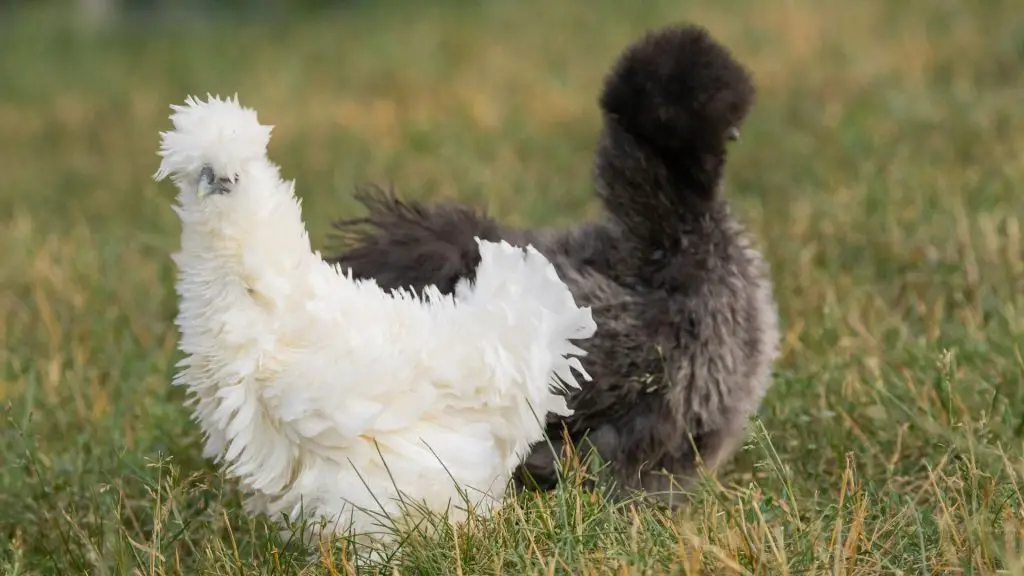
Silkie chickens are one of the first breeds that come to mind when talking about fluffy chickens. They have distinctive ruffs and crests on their head and legs, and their feathers look like very soft fur. When you think about fluffy chickens that have distinct looks, Silkies are likely the ones you imagine.
Their skin comes in many different colors, and they are a popular show breed. They make excellent pets and lay smaller eggs than most domestic breeds. This breed is also much more readily available compared to many of the other breeds on this list. Many feed stores will hold onto Silkies and sell them during chick season.
That being said, they require an immense amount of care and keeping to prevent their feathers from matting. You need to keep their coop as clean as possible, especially if you have white Silkies.
These are not meant for beginner keepers. The level of grooming and care required for Silkies are best done by experienced keepers.
2. Polish and Polish Bantam
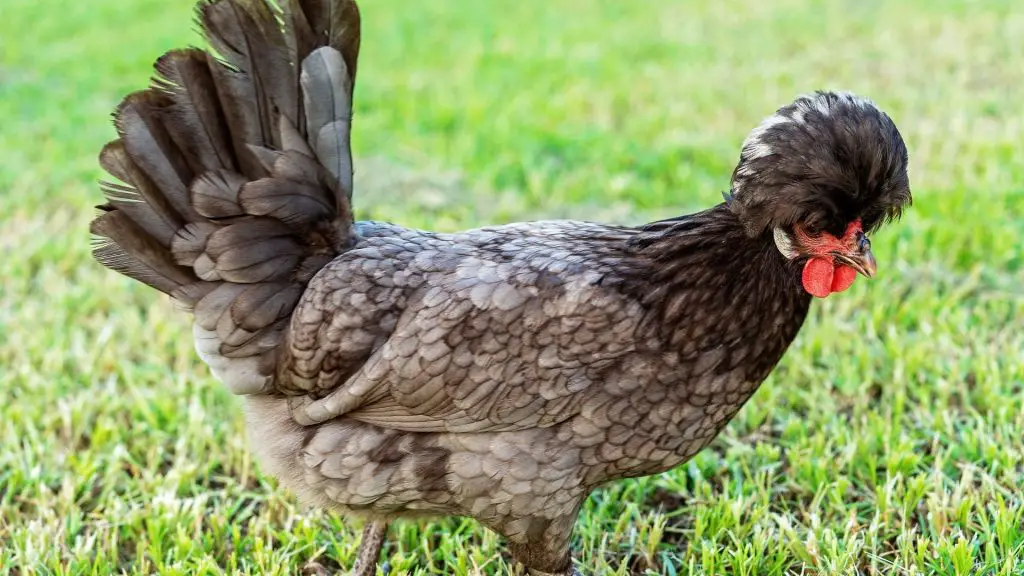
Polish and Polish Bantams have distinctive, fan-like crests of feathers. These unique feathers cover most of their head and aren’t found on any other part of their body. Their feathers are smooth and have slight variations. They can also block the birds’ vision, and that makes them skittish.
The feathers mostly fall over and to the side of the head, which creates their distinctive fan appearance. They come in laced color patterns that are beautiful and are typically on the smaller side. This is the case for both the standard and bantam varieties.
Polish chickens are primarily kept for show purposes and are rarely used for eggs. This is because they are not reliable layers, which means if you want eggs, you should supplement your flock with other birds. They have even tempers and are great around kids.
These chickens were not developed in Poland, as the name might suggest, but in the Netherlands. This breed first surfaced in the 15th century and was brought to the United States in the mid-1800s. It had declined in popularity until recent years when their crest gained them a newfound appreciation.
3. Sultan Bantams
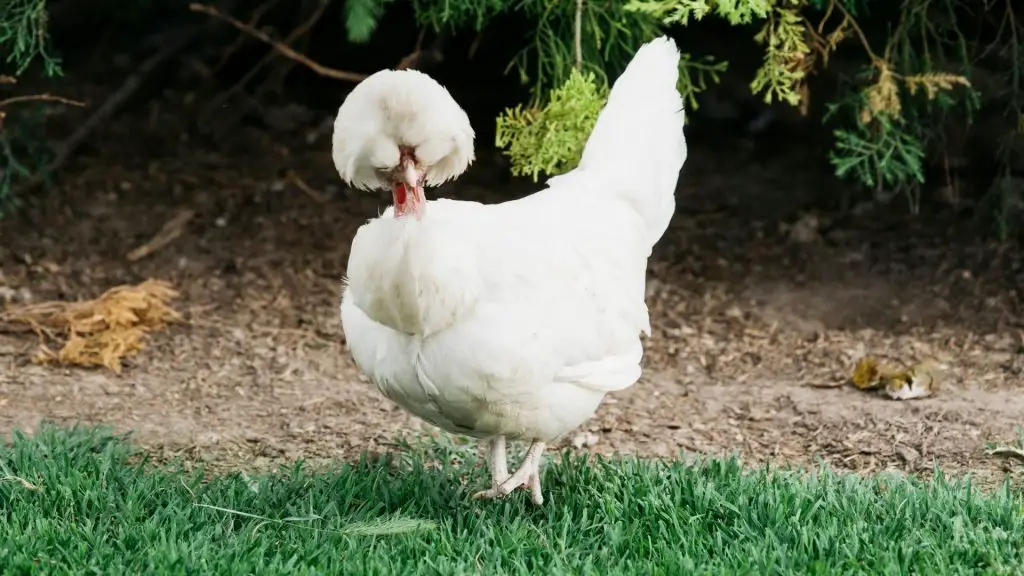
Originally from Turkey, the Sultan Bantam chicken breed is known for its large feather crests and leg feathers. These feathers make for a striking bird that is sure to turn heads. Sultan Bantam chickens are typically smaller like other bantams and are found almost exclusively in white.
They are a rare breed and are primarily kept for ornamental purposes. These chickens are not recommended for beginners but can be housed very well with Silkies. Their coop should be kept clean to ensure their stunning feathers retain the vibrant white color the breed is known for.
4. Appenzeller Spitzhauben
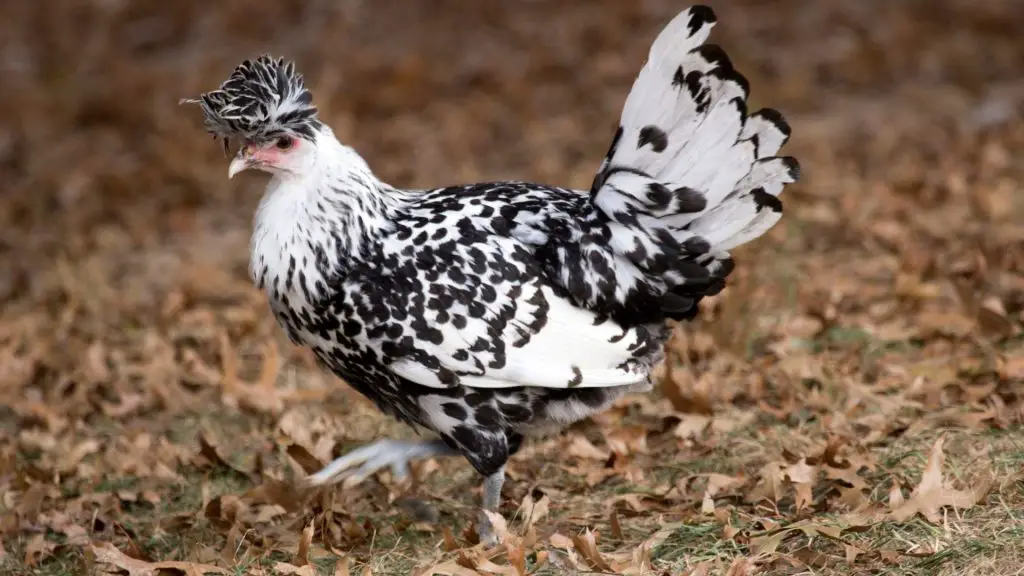
These Swiss birds have smaller crests that primarily make up some small feathers on the top of their head. They stand straight up and do not block the bird’s vision. The feathers can become droopier over time but mostly remain upright.
They do not do well in containment and should be given room to range and wander around. These breeds like to roost in trees, so you should look into natural branch perches. Appenzeller Spitzhauben breeds are pretty small and also very rare.
The Appenzeller Spitzhauben is not the most docile chicken breed, so you should be mindful of their temperament before purchasing them. However, if you are prepared to care for them, they are consistent layers and will be very rewarding to rear.
5. Houdan and Houdan Bantam
The Houdan breed is also fluffy, with a large head crest and extra feathers around the neck. Their patterns make them look softer than they are and create an optical illusion. When you first look at them, they look like having a beard of feathers and a full crest.
First developed in France, this breed is an excellent dual-use breed. They are wonderful layers and grow very well for meat production. They are also considered a heritage breed.
A fun fact about Houdans? They have five toes, a rarity in most chicken breeds.
6. Crevecoeur
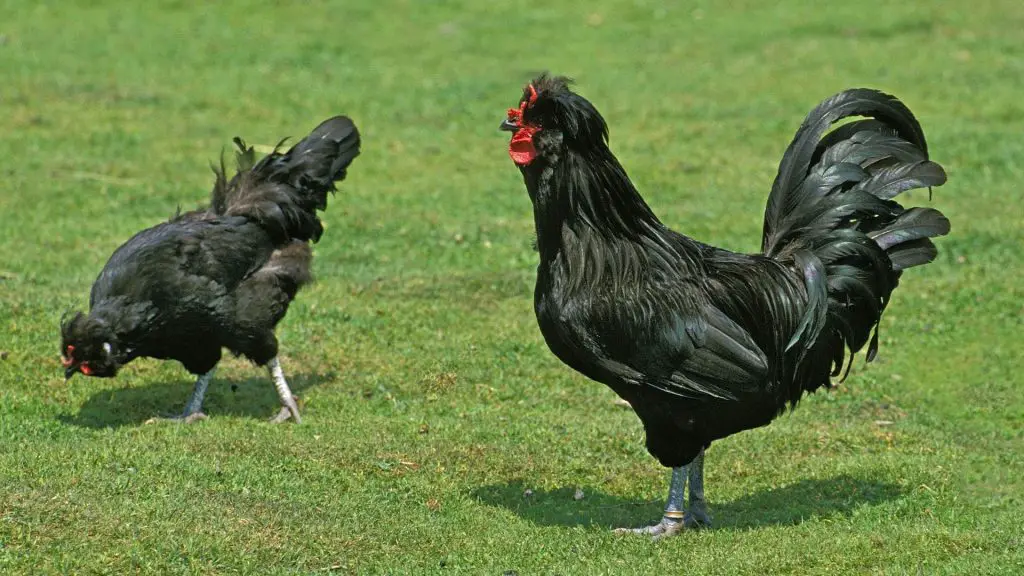
Crevecoeur chickens have a prominent crest on the top of their head that stands up but are otherwise trim. Males have a much more pronounced crest than females, who mostly have miniature fluffy versions of the same head feathers.
Like the Houdan, this breed also comes from France. They are only available in black and are primarily used for meat production. Crevecoeurs are noted as having very fine bones, which means they have a very high meat to offal ratio.
This breed is a heritage breed and was recognized by the American Poultry Association in 1874. While it is more common in the United States, it was once considered too delicate for North American climates.
Because of their bones, you need to be extra careful with them. They can be injured easily and are susceptible to cold weather. You should make sure their coop is insulated adequately before winter if you live in a cold climate.
7. Brabanter
These chickens are described as goofy egg layers, and they have a relatively small crest compared to others on this list. They also have longer feathers on either side of their neck and under their chin. The smaller feathers can flare out and make a more imposing look.
They are primarily an ornamental breed and flourish in cold climates. This rare breed is very docile, but they have loud personalities.
These chickens are loud in volume, so if you live in a city or close to neighbors, they’re not the best option and can result in a lot of friction between you and the people next door. Additionally, they may not be the right choice for you if you aren’t experienced with more personality-forward birds.
8. Burmese
The standard breed Burmese have much more prominent crests than their Bantam counterparts. They are much fluffier and have feathers all over their legs.
This is one of the rarest chicken breeds and has only survived today by crossbreeding other breeds. They are known for their particularly short legs and require a lot of maintenance for their feathers.
Charles Darwin wrote a book about the Burmese chicken entitled “The Variation of Plants and Animals Under Domestication.” Burmese chickens were also thought to be extinct by the 20th century but resurfaced in the 1970s and were revitalized.
9. Ameraucana
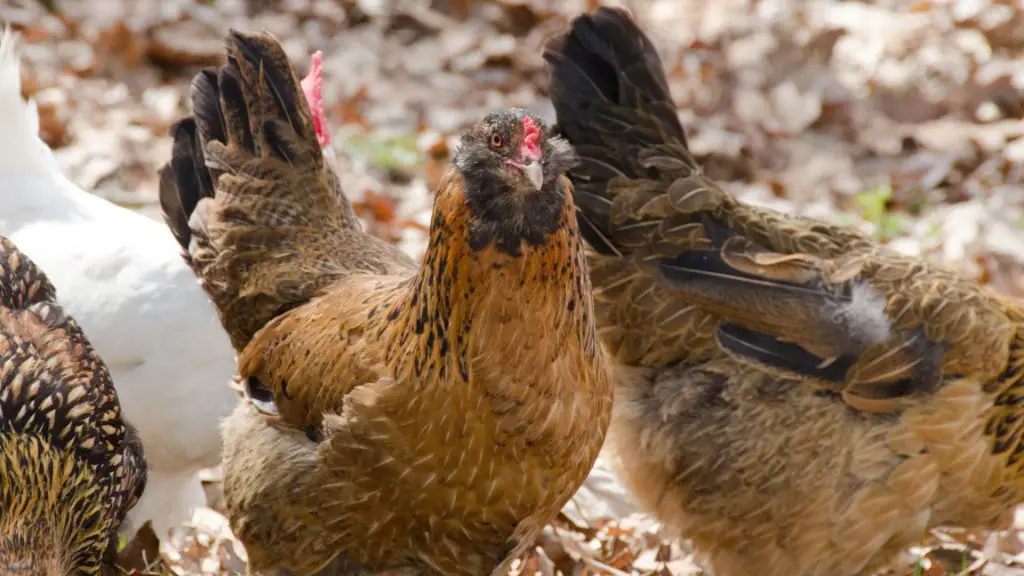
Unlike many birds on this list, Ameraucana chickens have very fluffy cheek feathers and are fluffy all over. They are not nearly as fluffy as Silkies, but their feathers have more volume than many breeds.
This breed is best known for its multicolored eggs that come in a range of green and blue. They are very intelligent, curious, and are social. This chicken breed mixes well with many other breeds and makes great additions to any flock.
They aren’t the most cuddly birds, so they don’t mix well with children, but they work great for experienced keepers. These chickens also need more room to run, so giving them a larger space is critical to keeping them happy and healthy.
Related: 9 Chicken Breeds With Feathers on Feet | How to Care For Them?
List of Sources
A cis-Regulatory Mutation of PDSS2 Causes Silky-Feather in Chickens
